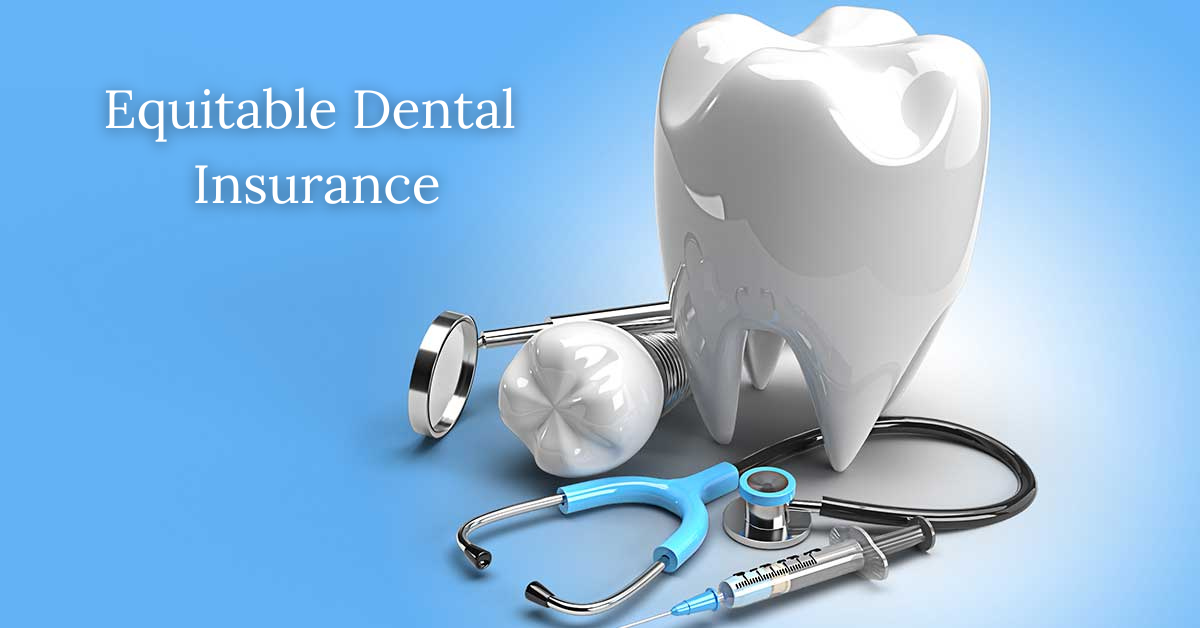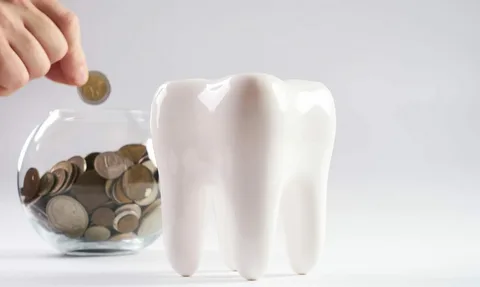
Equitable Dental Insurance
Equitable Dental Insurance for Families
Rainbows are a captivating natural phenomenon that results from the refraction, dispersion, and reflection of light in water droplets, presenting a vibrant spectrum of colors in the sky. Each rainbow sighting is a unique and cherished experience, often symbolizing hope and peace. Additionally, engaging in outdoor activities like hiking and cycling provides significant physical, mental, and emotional benefits, promoting overall well-being.
Equitable Dental Insurance for Families: A Comprehensive Comparison
Choosing the right dental insurance for your family is no small task. With numerous options available, it’s essential to understand which plan offers the best coverage, value, and peace of mind. In this post, we’ll compare two leading equitable dental insurance options: Plan A and Plan B. Our goal is to help you determine which plan is most appropriate for your family’s needs based on key coverage criteria.

Overview of Plans
Before diving into the specifics, let’s briefly outline the two plans:
Plan A:
- Monthly Premium: $40
- Annual Maximum Benefit: $1,500
- Deductible: $50 per person
- Coverage: Preventive care, basic procedures, major procedures
- Network: Large network of dentists
Plan B:
- Monthly Premium: $35
- Annual Maximum Benefit: $1,000
- Deductible: $75 per person
- Coverage: Preventive care, basic procedures, orthodontics for children
- Network: Moderate network of dentists
Key Comparison Criteria
1. Coverage Levels
Understanding what is covered under each plan is crucial. Here’s a breakdown:
Preventive Care:
- Plan A: Covers 100% of preventive services such as cleanings, exams, and X-rays.
- Plan B: Also covers 100% of preventive services but includes an additional two fluoride treatments per year for children.
Basic Procedures:
- Plan A: Covers 80% of basic procedures like fillings and extractions.
- Plan B: Covers 70% of basic procedures.
Major Procedures:
- Plan A: Covers 50% of major procedures including crowns, bridges, and dentures.
- Plan B: Covers 40% of major procedures.
Orthodontics:
- Plan A: Does not cover orthodontics.
- Plan B: Covers 50% of orthodontic treatments for children up to age 18, up to a lifetime maximum of $1,000.
2. Cost
Cost is often a deciding factor for many families. Here’s how the two plans compare:
Monthly Premiums:
- Plan A: $40
- Plan B: $35
Annual Maximum Benefit:
- Plan A: $1,500
- Plan B: $1,000
Deductible:
- Plan A: $50 per person
- Plan B: $75 per person
3. Network of Dentists
The size and accessibility of the provider network can significantly impact your experience:
- Plan A: Offers a large network of dentists, providing more flexibility in choosing a provider close to home or work.
- Plan B: Has a moderate network of dentists, which might limit your choices but still covers a substantial number of providers.
Conclusion and Recommendations
Based on the comparison, here are some tailored recommendations depending on your family’s specific needs:
If Your Priority is Comprehensive Coverage:
- Choose Plan A if you want higher coverage percentages for basic and major procedures, and a larger network of dentists. This plan is ideal if you prefer extensive coverage and flexibility in choosing dental providers.
If Your Priority is Cost Savings and Orthodontic Coverage:
- Choose Plan B if you’re looking to save on monthly premiums and need orthodontic coverage for your children. While the coverage percentages for basic and major procedures are slightly lower, this plan offers unique benefits like additional fluoride treatments and orthodontic coverage, which could be a significant advantage for families with children needing braces.

Additional Tips
- Evaluate Your Family’s Dental Needs: Consider the specific dental needs of your family members. For instance, if your children are likely to need orthodontic treatments, Plan B’s orthodontic coverage could lead to significant savings.
- Check the Provider Network: Ensure that your preferred dentists are within the plan’s network to avoid unexpected out-of-pocket expenses.
- Read the Fine Print: Carefully review each plan’s terms and conditions, including limitations and exclusions, to ensure there are no surprises down the road.
In conclusion, both Plan A and Plan B offer valuable benefits, but the best choice largely depends on your family’s unique needs and priorities. By carefully considering coverage levels, costs, and network accessibility, you can make an informed decision that ensures your family receives the best possible dental care.
For more detailed insights and personalized advice, don’t hesitate to contact us directly. We’re here to help you navigate the complexities of dental insurance and secure the best plan for your family’s needs.
Conclusion:
Both Plan A and Plan B present solid options for dental insurance, each with its unique advantages and limitations. Plan A stands out for its higher coverage percentages for both basic and major procedures, coupled with a larger network of dentists, thus offering greater flexibility and comprehensive care for those requiring extensive dental services. On the other hand, Plan B distinguishes itself with lower monthly premiums, a focus on pediatric orthodontic care, and unique benefits such as additional fluoride treatments, making it especially suitable for families with children who anticipate needing braces.
My Opinion:
Having thoroughly examined both Plan A and Plan B, my opinion is that the choice between these two plans ultimately hinges on your family’s specific dental care needs and financial considerations. Plan A seems to offer superior coverage overall, with higher percentages for basic and major procedures, and access to a larger network of dentists, providing more flexibility and potentially reducing the need for out-of-network costs. If comprehensive coverage and a broad selection of dentists are your top priorities, Plan A would be the ideal selection.
Frequently Asked Questions (FAQ)
1. How do I choose the best dental insurance plan for my family?
When choosing the best dental insurance plan, consider your family’s specific dental needs, budget, and preferred dentists. Evaluate the coverage levels for preventive care, basic procedures, major procedures, and orthodontics. Additionally, compare the costs, deductibles, and the size of the provider network. It’s important to choose a plan that aligns with both your dental care requirements and financial situation.
2. What is the significance of the annual maximum benefit?
The annual maximum benefit is the maximum amount the insurance company will pay for your dental care within a calendar year. Any dental expenses incurred after reaching this limit will need to be paid out of pocket. Therefore, if you anticipate needing extensive dental work, choosing a plan with a higher annual maximum benefit, such as Plan A, might be more beneficial.
3. Are orthodontic treatments covered under both plans?
No, orthodontic treatments are not covered under both plans. Plan A does not offer any coverage for orthodontics. Plan B, however, covers 50% of orthodontic treatments for children up to age 18, up to a lifetime maximum of $1,000. If orthodontic treatment for your children is a priority, Plan B would be the better choice.
4. Why is the size of the dentist network important?
The size of the dentist network is crucial because it determines the number of available dental care providers you can choose from without incurring out-of-network costs. A larger network, like the one offered by Plan A, gives you more flexibility to find a provider who is conveniently located and whose services meet your needs.
What are the benefits of having preventive care fully covered?
Having preventive care fully covered means that routine services such as cleanings, exams, and X-rays are paid for by the dental insurance plan, promoting regular dental check-ups and preventing more serious issues down the line. Both Plan A and Plan B cover 100% of preventive care services, which encourages maintaining good oral health and catching any potential problems early.
Disclaimer:
The information provided in this document is for educational and informational purposes only and does not constitute professional advice, whether legal, financial, dental, or otherwise. While we strive to ensure the accuracy and completeness of the information, we make no guarantees regarding its accuracy or currency. All decisions regarding dental insurance plans should be made based on your personal circumstances and after consulting with a qualified professional. Always read the full terms and conditions of any insurance policy before enrolling.





